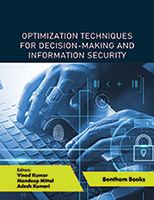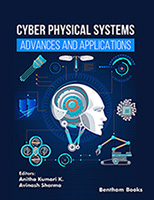Introduction
This handbook is a concise yet complete guide to fundamental engineering requirements and quality characteristics that users, developers, and marketers of mobile applications should be aware of. It provides detailed definitions and descriptions of eight key software application features that are integral to the overall design and user experience goals, and which may often overlap with certain functionalities. The book explains the essential aspects of these features clearly to novice developers. Readers will also learn about how to optimize the listed features to tailor their applications to the needs of their users.
Key Features:
- Presents detailed information about eight different features which guide mobile application development: capability, reliability, usability, charisma, security, performance, mobility and compatibility
- Reader-friendly, structured layout of each chapter including relevant illustrations and clear language, designed for quick learning
- Focus on both software function and user perception of applications on mobile devices
- Includes a handy appendix with information about mobile learning projects and related work packages
Handbook of Mobile Application Development: A Guide to Selecting the Right Engineering and Quality Features is the ideal learning tool for novice software developers, computer science students, IT enthusiasts and marketers who want to design or develop mobile apps for an optimal user experience.





